Seborrheic Keratoses
Do you have seborrheic keratoses (SKs) – raised or flat age spots on your skin?
Seborrheic keratoses (SK) is a noncancerous skin condition that appears as a black, brown, or tan growth, somewhat similar to a mole. These growths are very common and appear as the skin begins to age. They are commonly found on the face, hairline, chest, neck, shoulder, and back. Flat SKs have a velvety or shiny texture. Over time, they may become larger and more visible, and more spots may appear. They may also become thicker and raised and take on a waxy or rough texture. Risk factors for getting SK include age and genetic predisposition. While they are completely benign and do not require medical attention, patients may find them unpleasant and unsightly.
Specialties
- Aesthetician Services
- Agnes RF
- Blue Light & Levulan
- Botox Cosmetic
- Cellulaze
- Chemical Peels
- Clear + Brilliant Laser
- CoolSclupting
- CoolTone
- Cosmopen
- DAXXIFY
- Dermal Fillers
- DermaSweep
- DiamondGlow
- Elite Laser
- FotoFacial
- Fraxel Dual Laser
- FX Laser Resurfacing
- Hair Restoration
- HydraFacial
- KeraLase
- Kybella
- Latisse for Lashes
- LaseMD Skin Resurfacing
- Laser Hair Removal
- MiraDry
- PicoSure Laser
- Scarlet SRF
- Scar Revision
- Sclerotherapy
- Skin Cancer Reconstruction
- SmartLipo
- SofTap
- Tattoo Removal
- Ultherapy
- UltraClear
How it works
It is first important to talk to your doctor about any new or concerning growths on your body. Once it is certain that your growth is SK and not something more serious, there are quick, easy, non-invasive options for treating SK growths. The process is incredibly simple.
Your provider will evaluate your result 3 weeks after the initial application, at which time they may choose to apply another round of treatment if they do not see sufficient progress. Many patients experience partial or total clearance of their raised SKs when treated.
Real Results
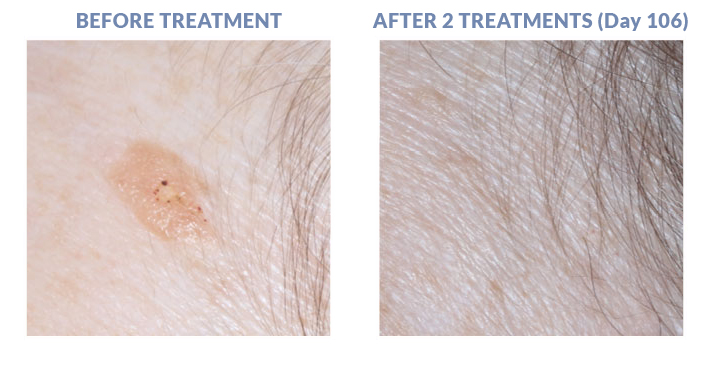
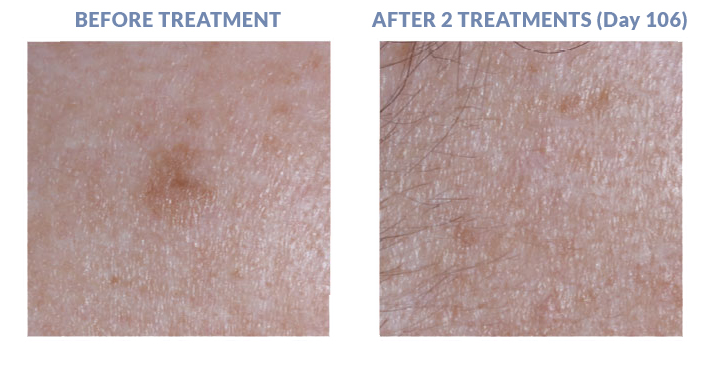
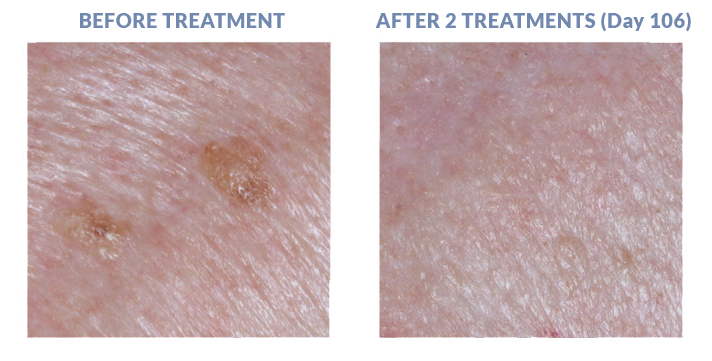
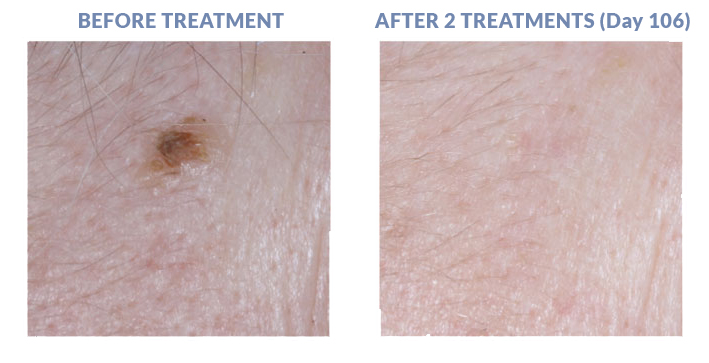
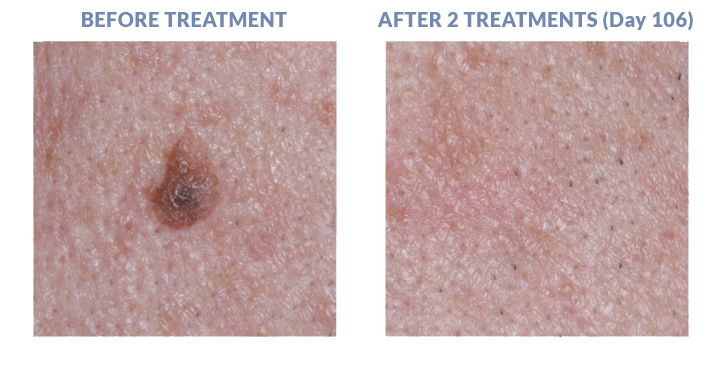

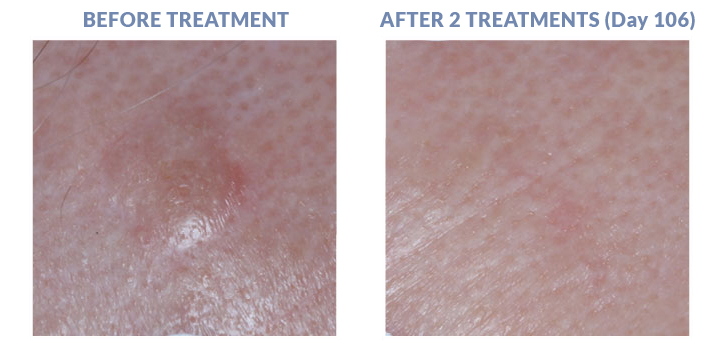
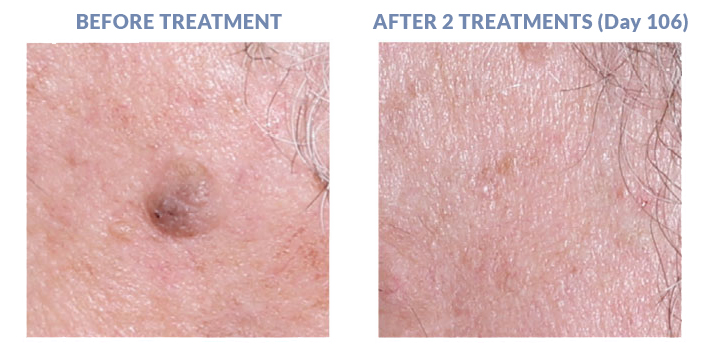
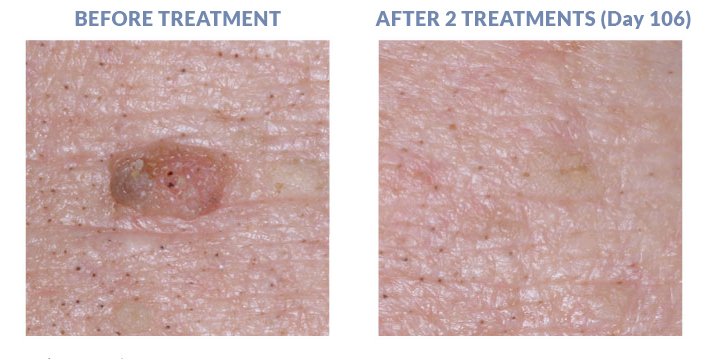
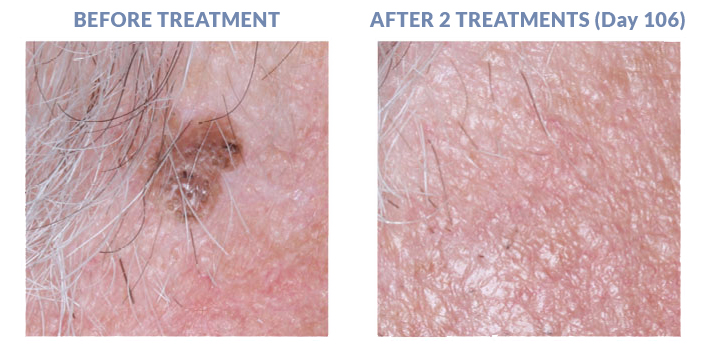
FAQs
The only way to tell for sure if your raised spots are SKs is to schedule an appointment with your Golden State Dermatology Doctor. A dermatologist will be able to tell you if the spots you have are raised SKs or not.
Available at All Golden State Dermatology Locations
Related Posts

Bumps and Spots – Common Skin Growths After Age 45
As we mature, men and women over 45 may notice the sudden development of new skin lesions on the face and body. What are these things? Sometimes occurring singly, or